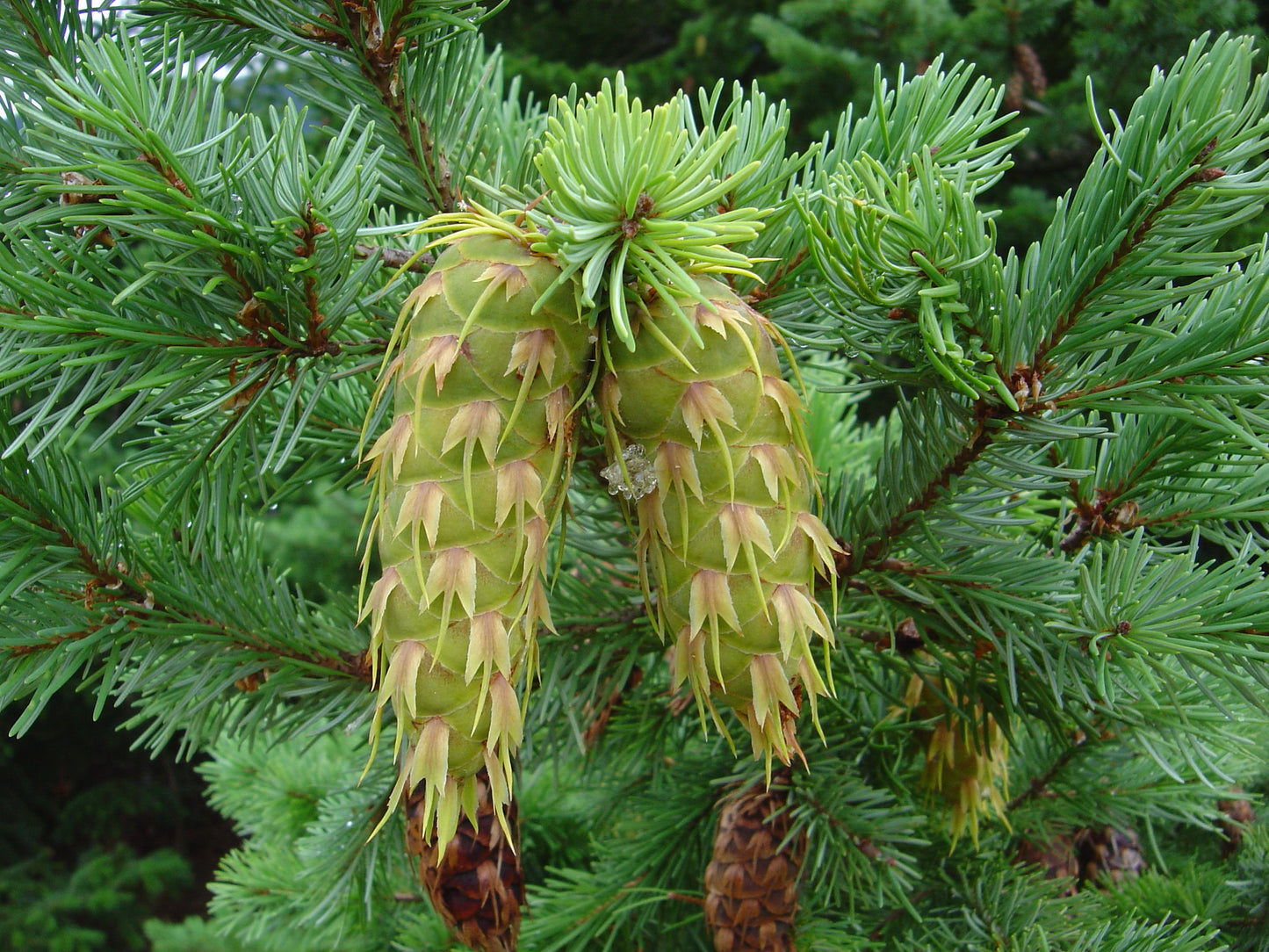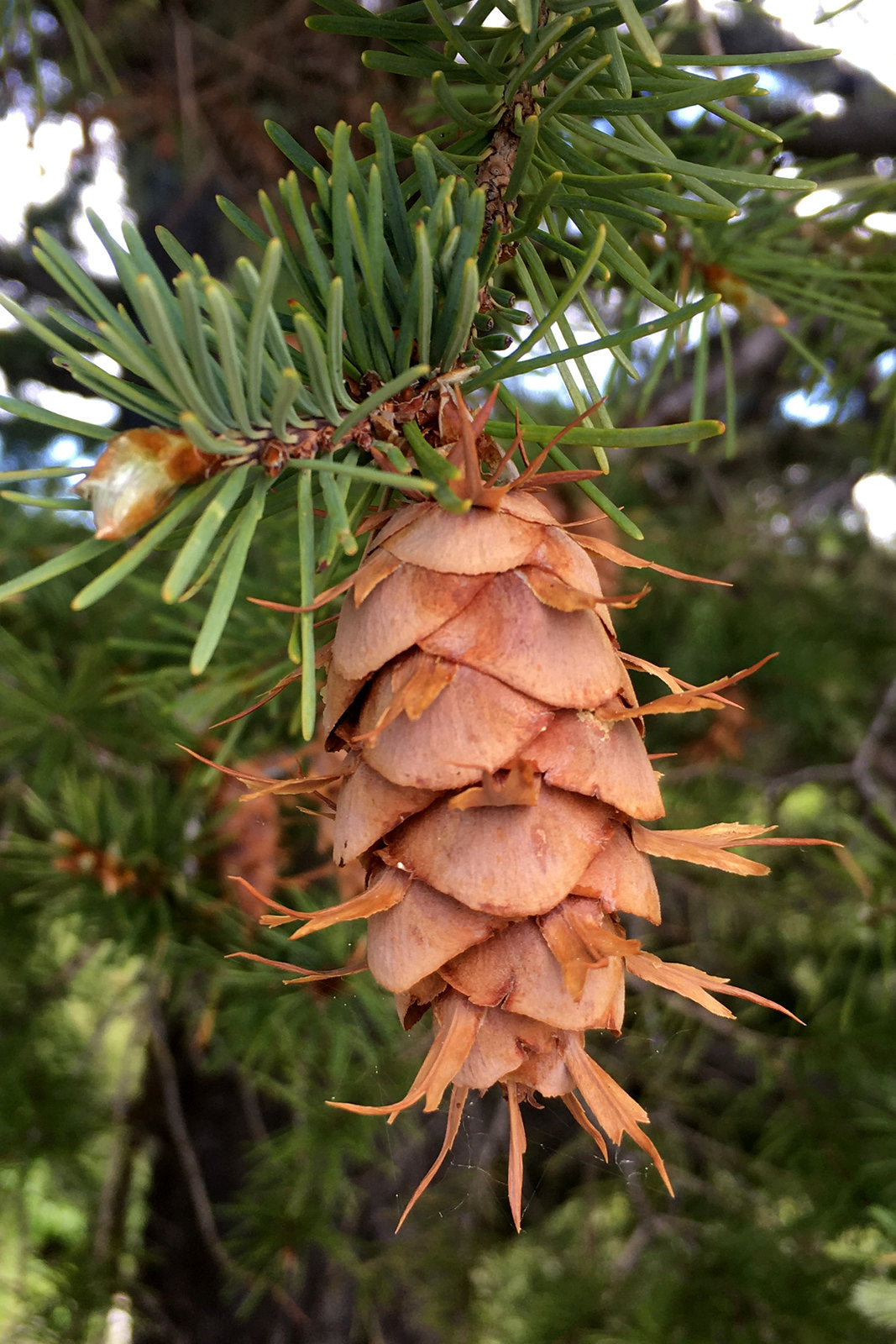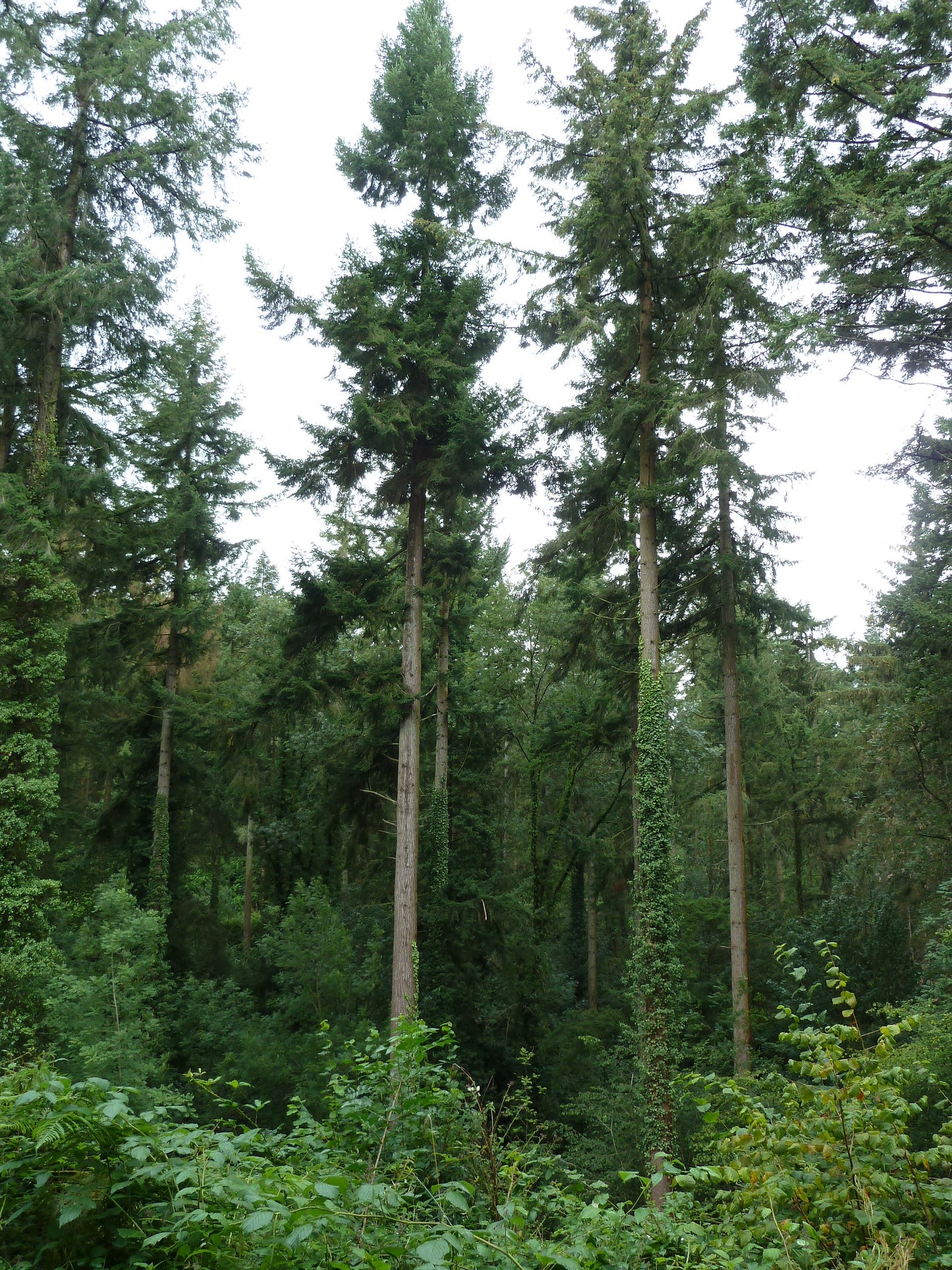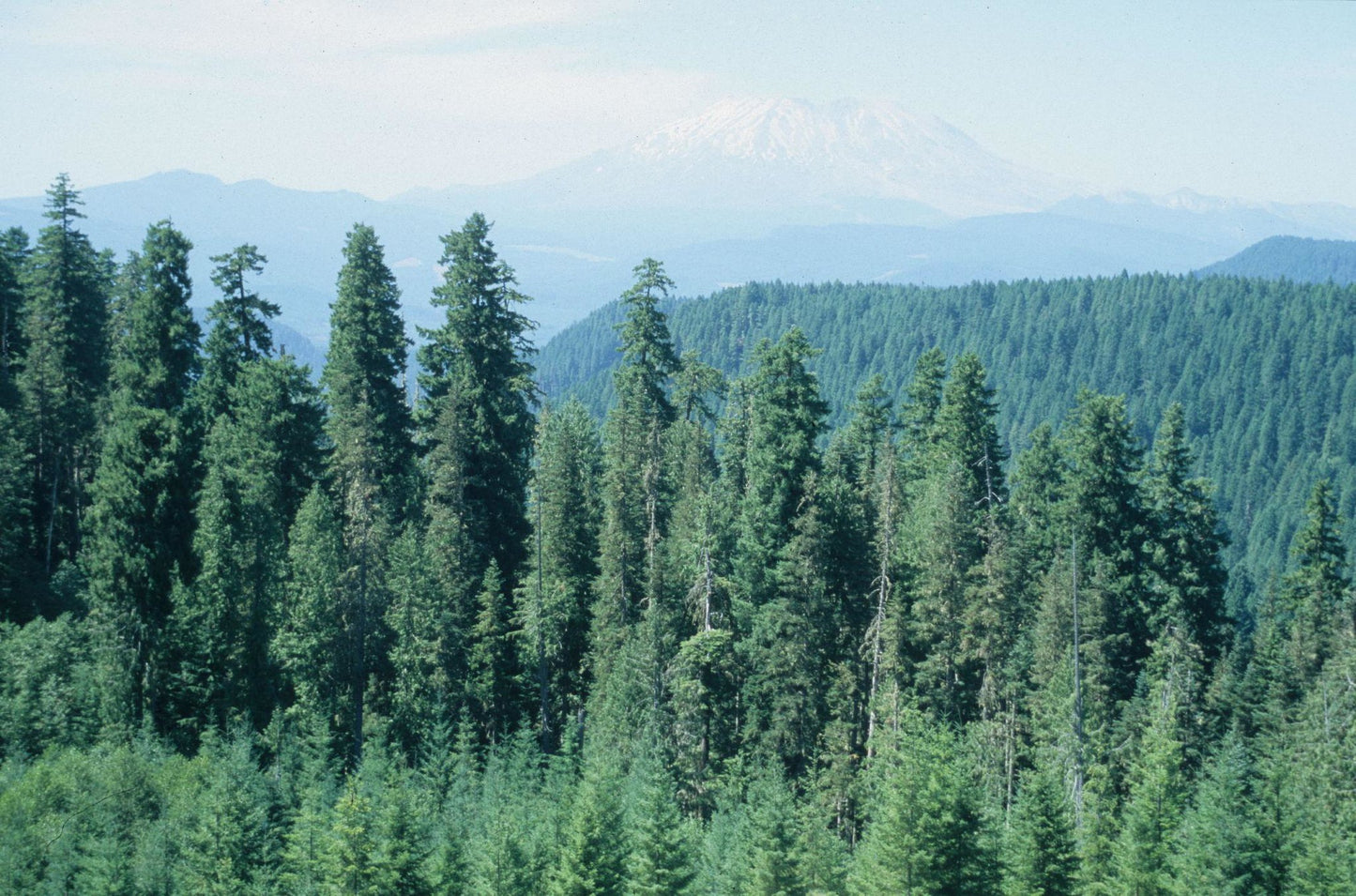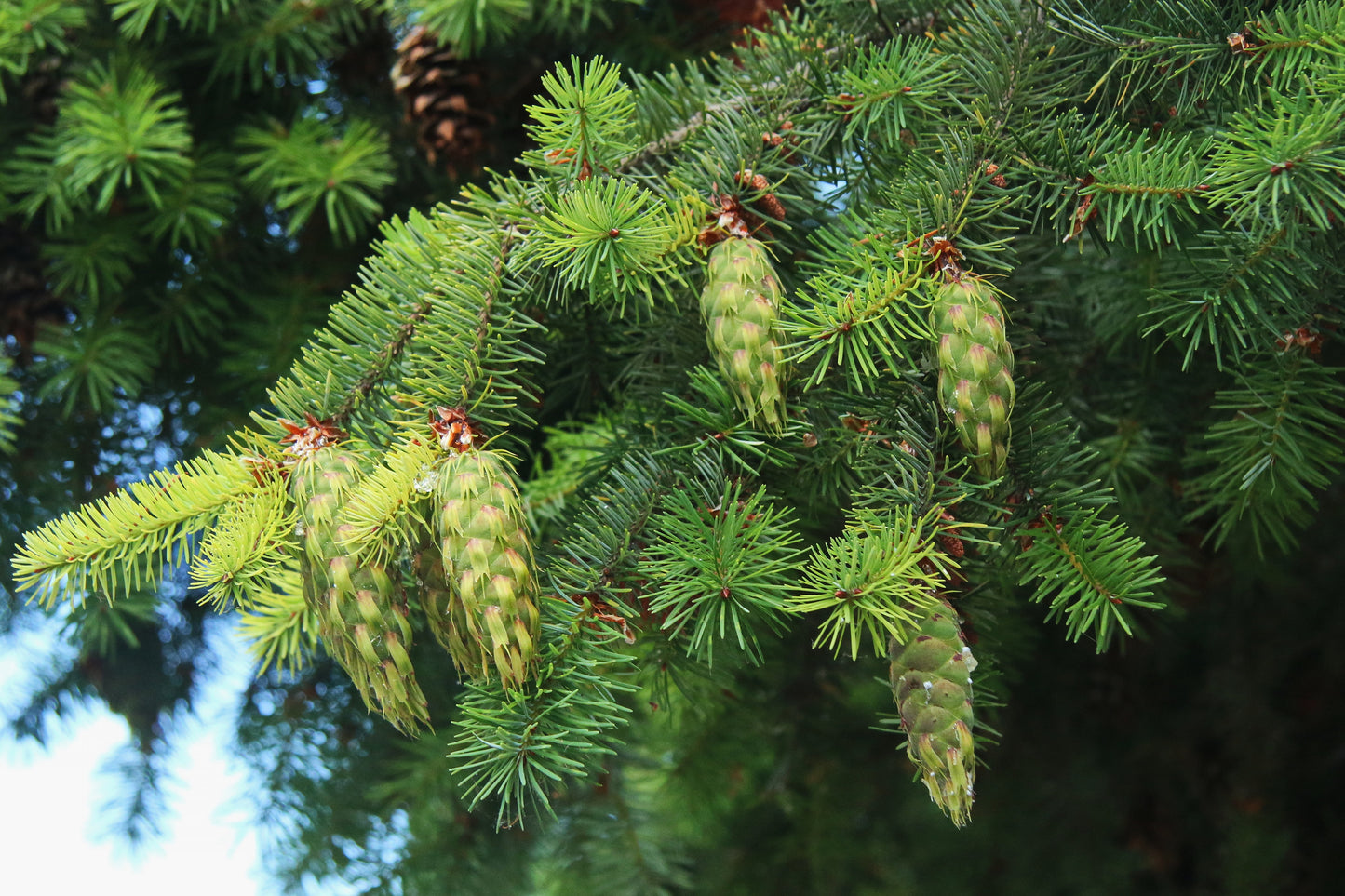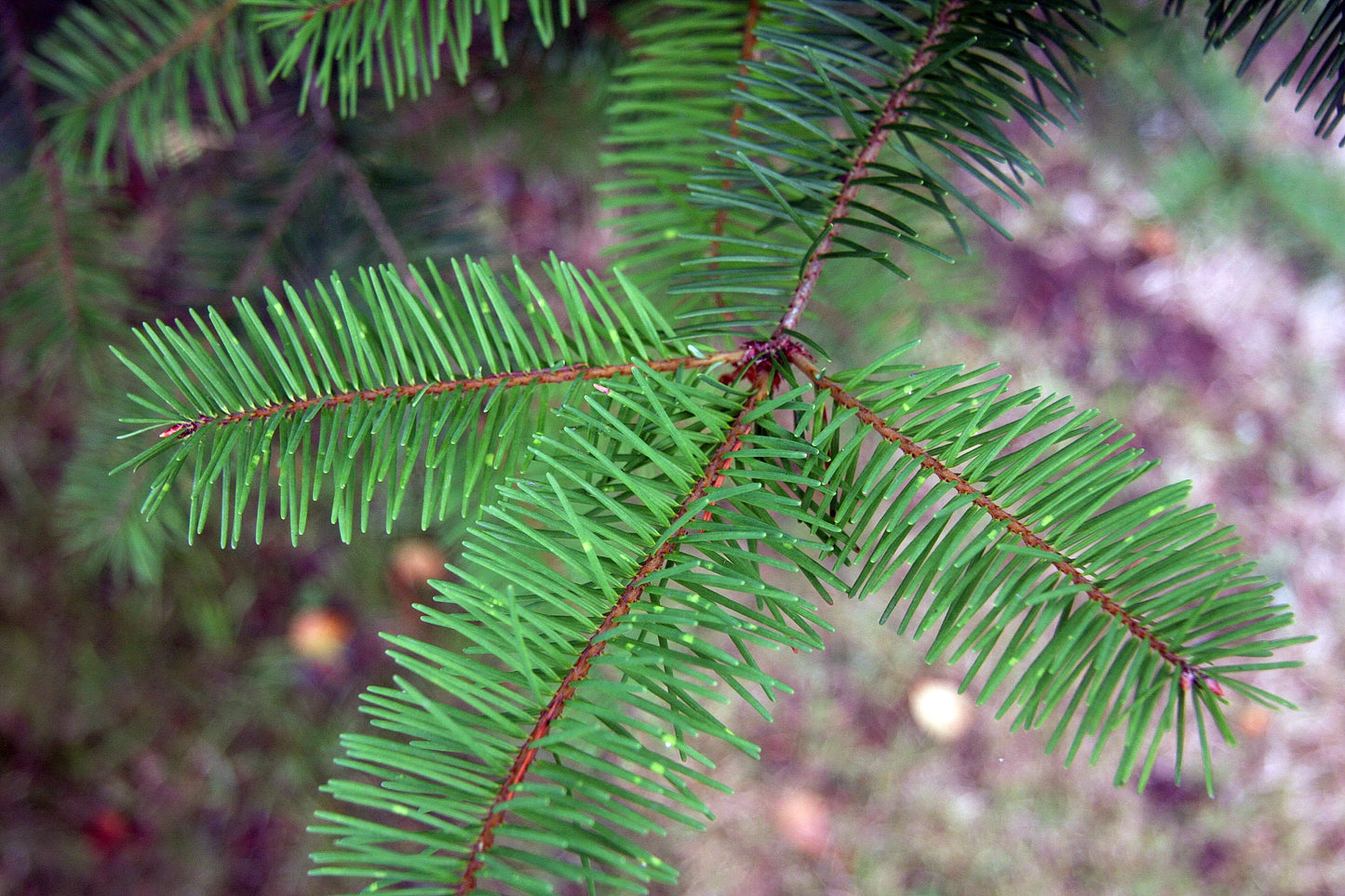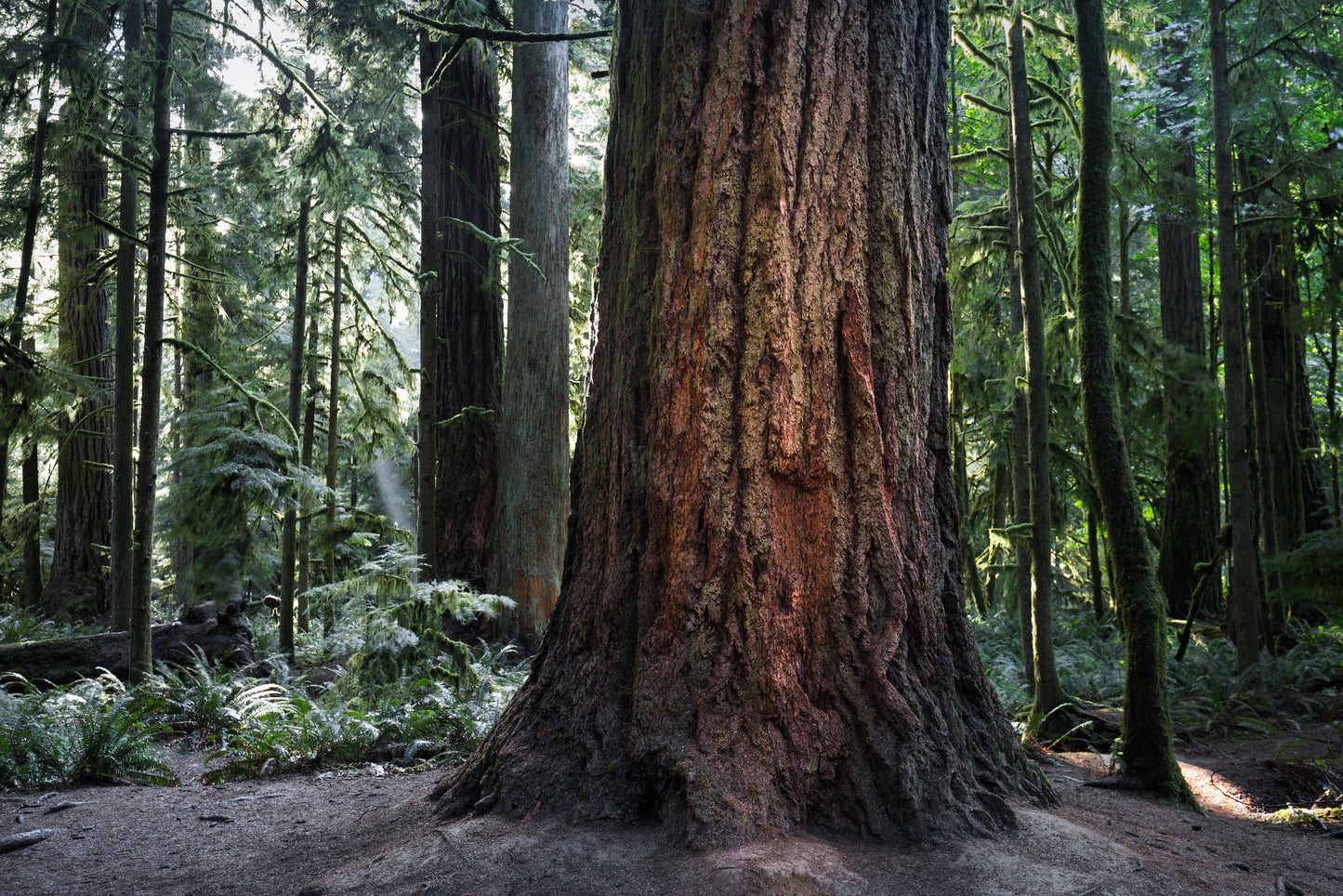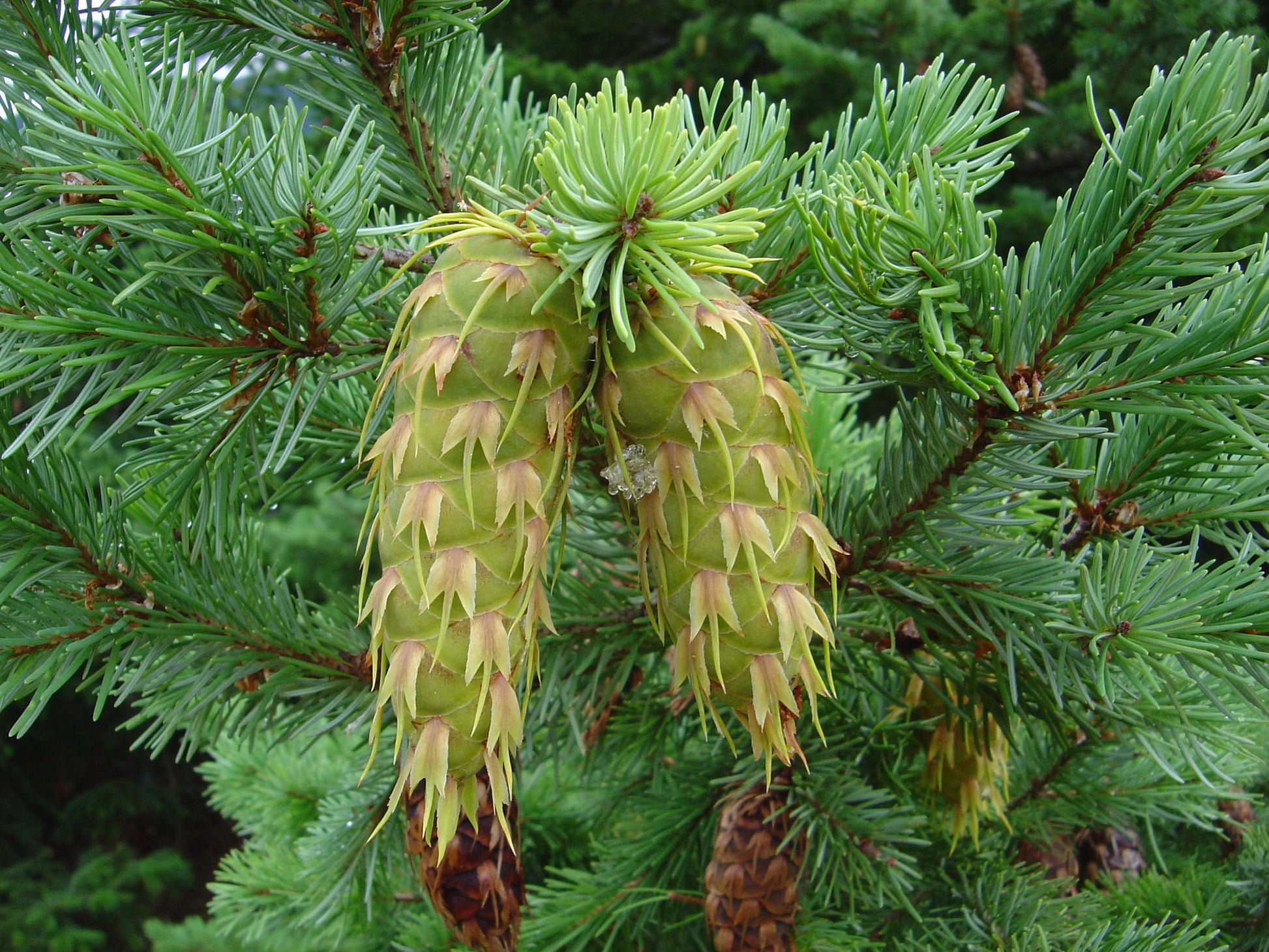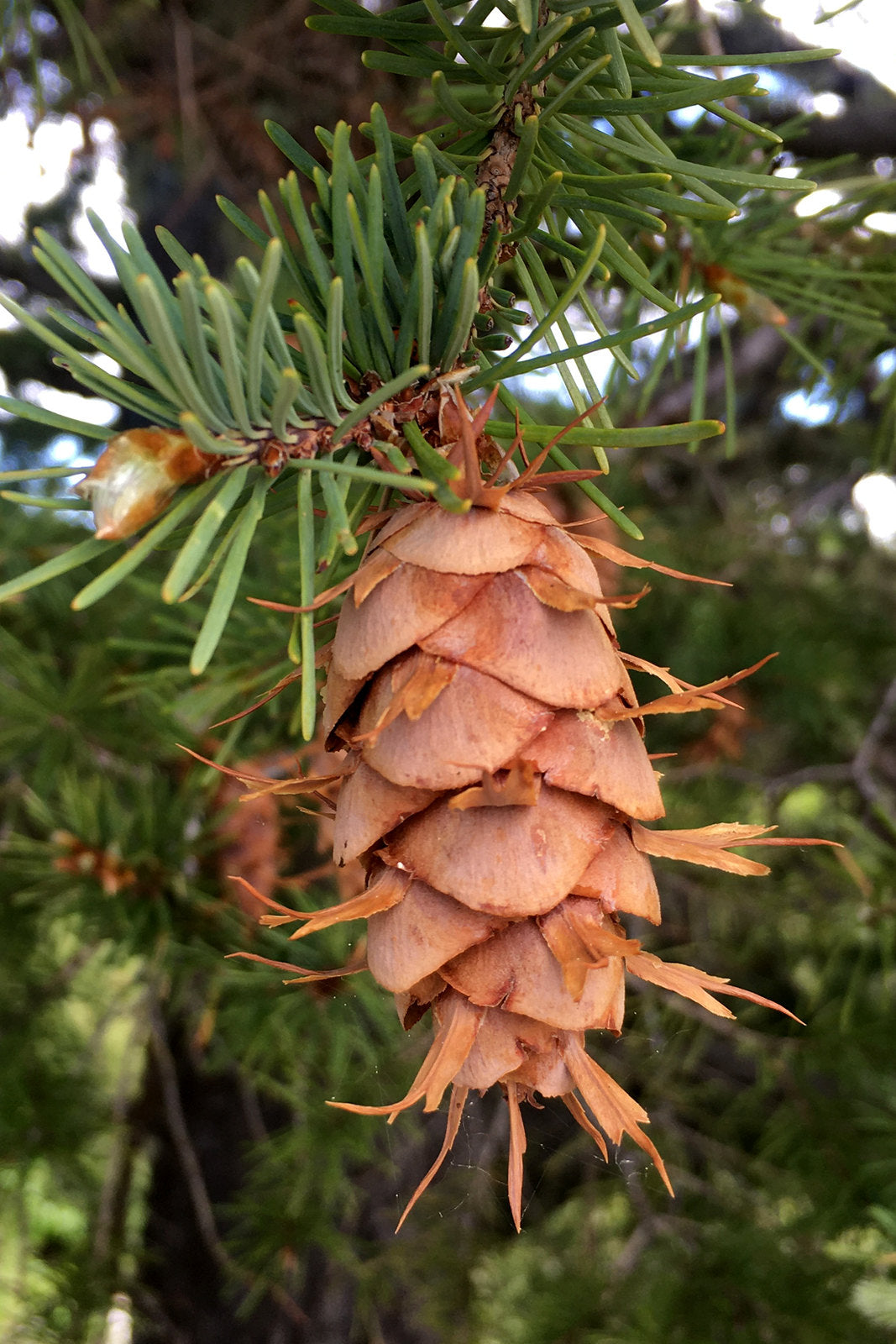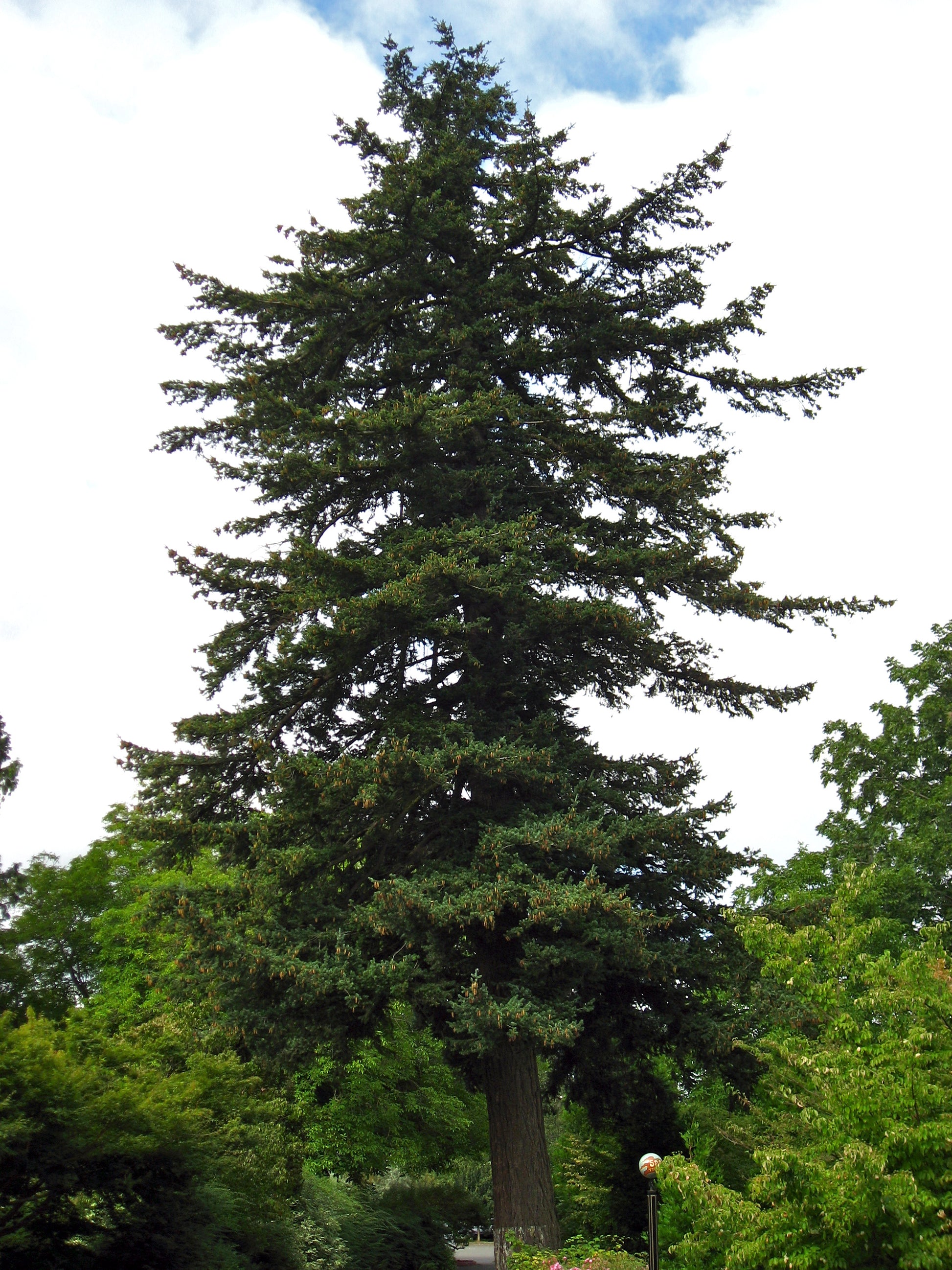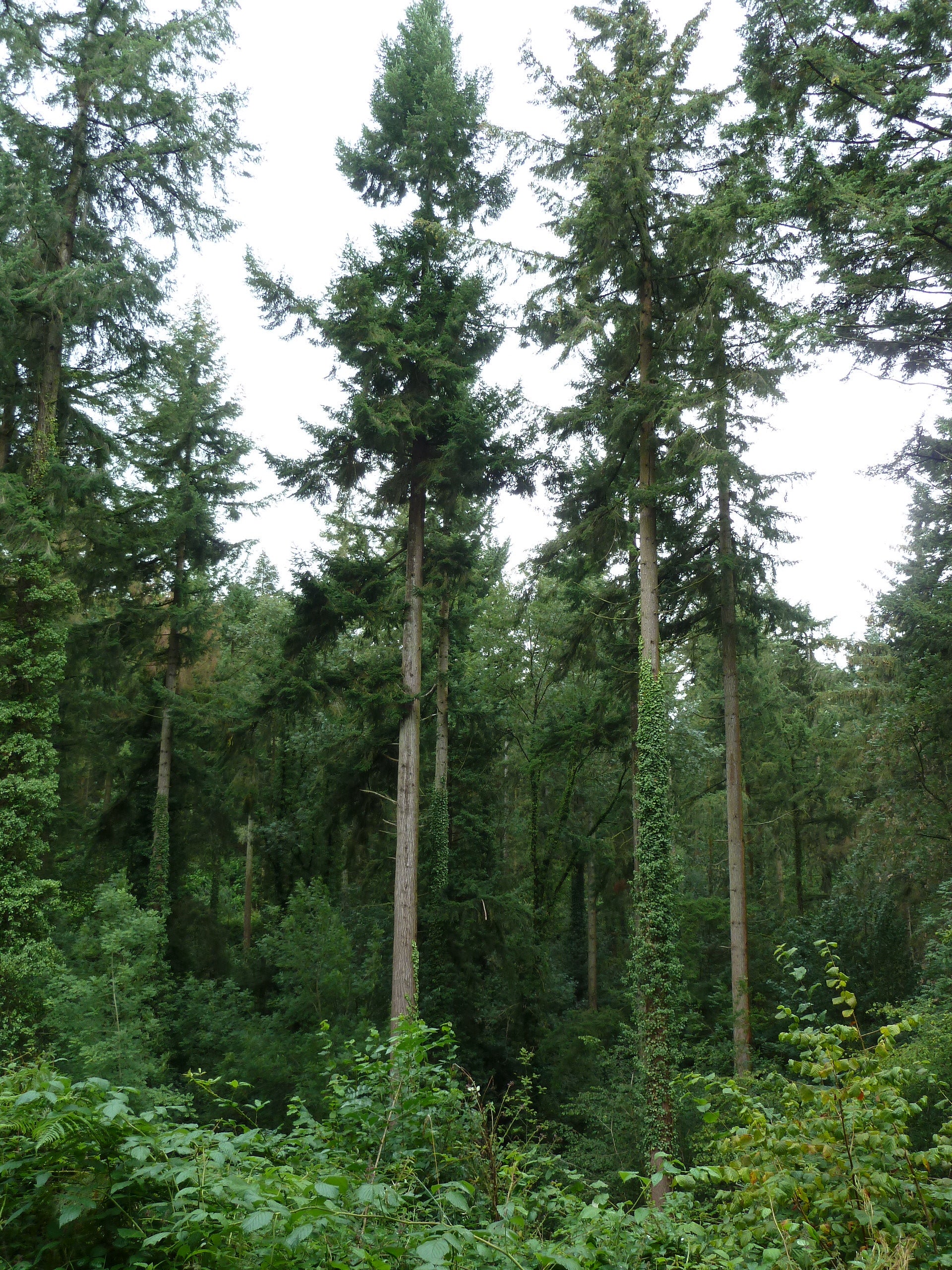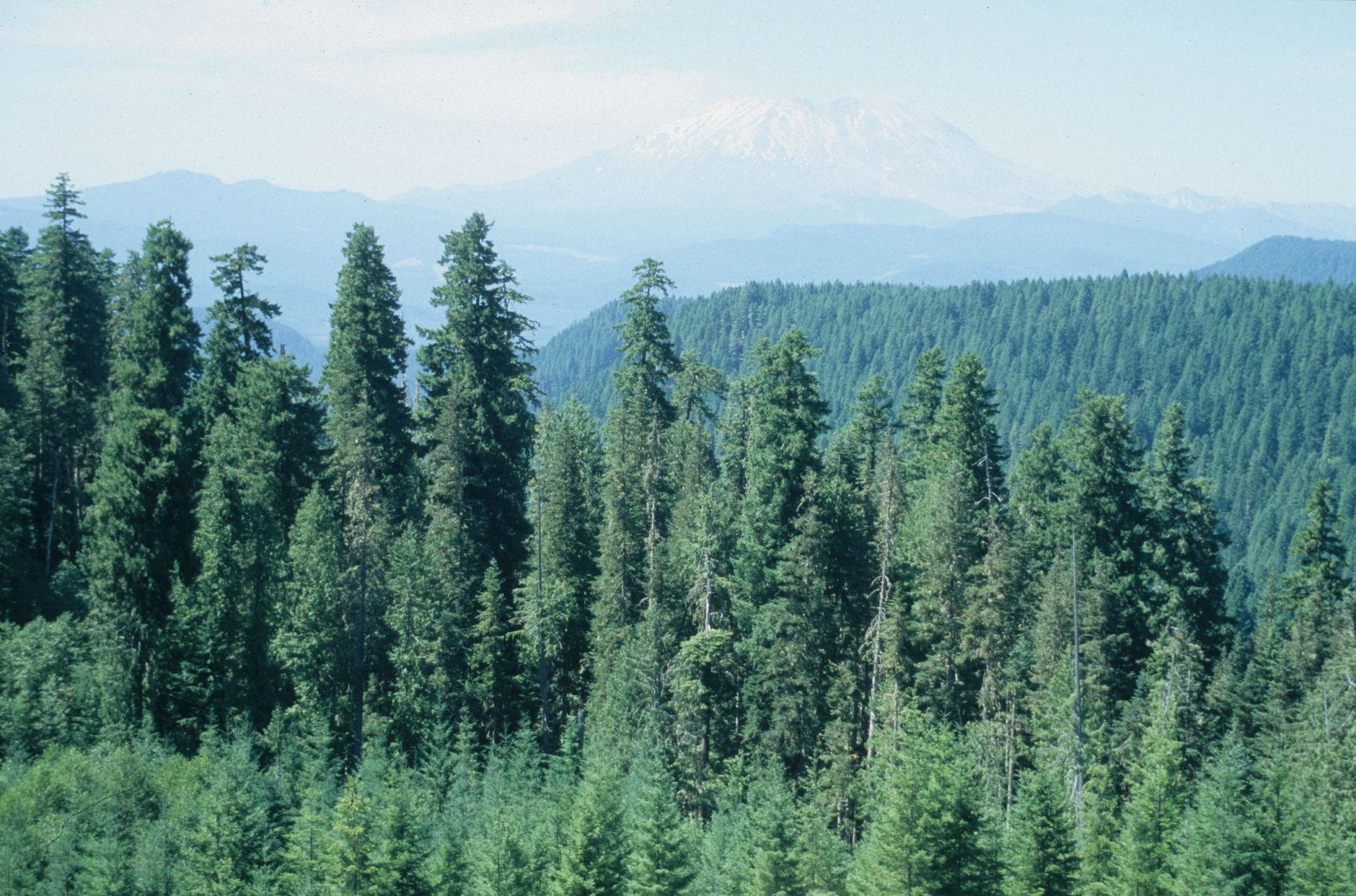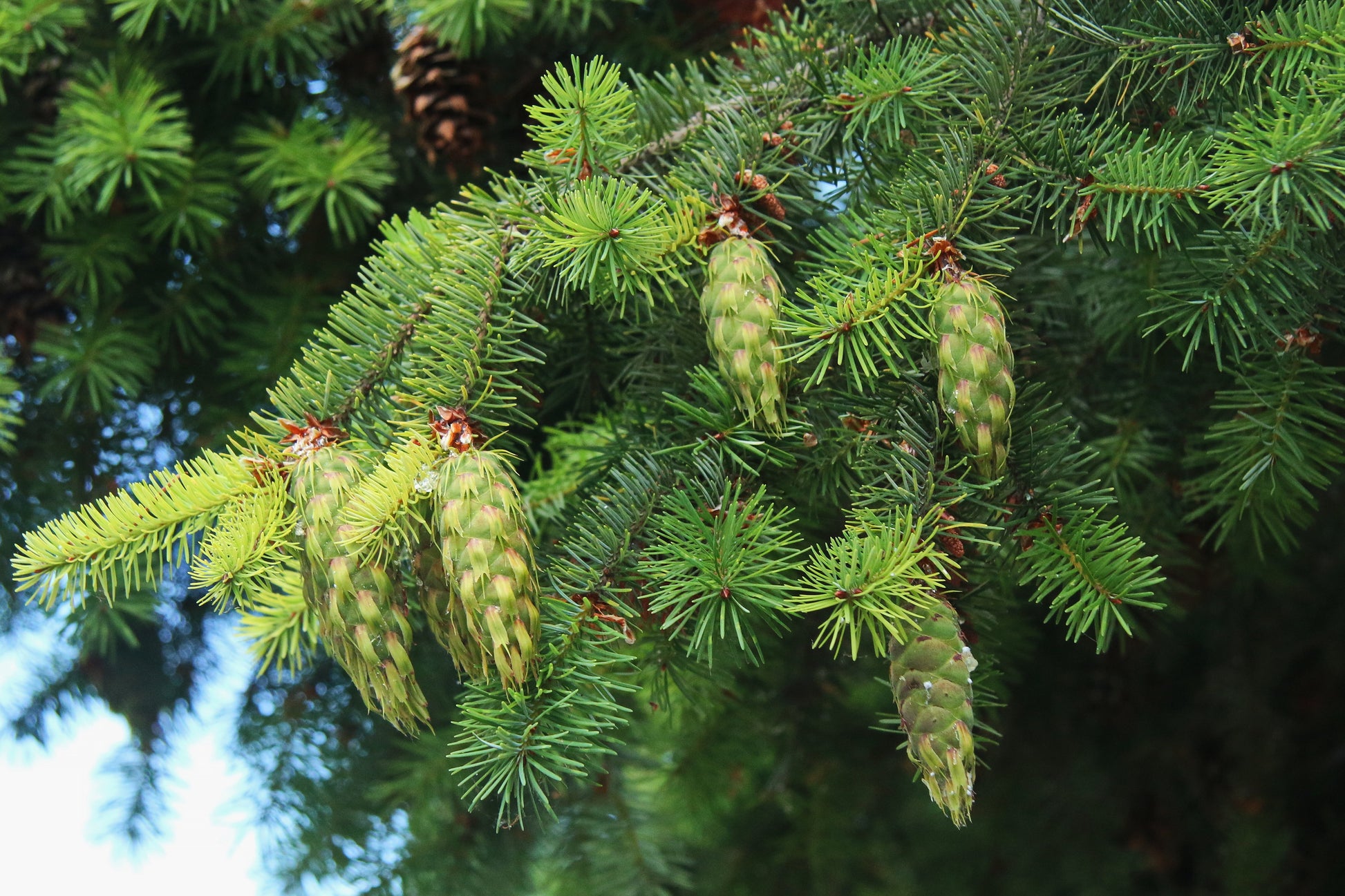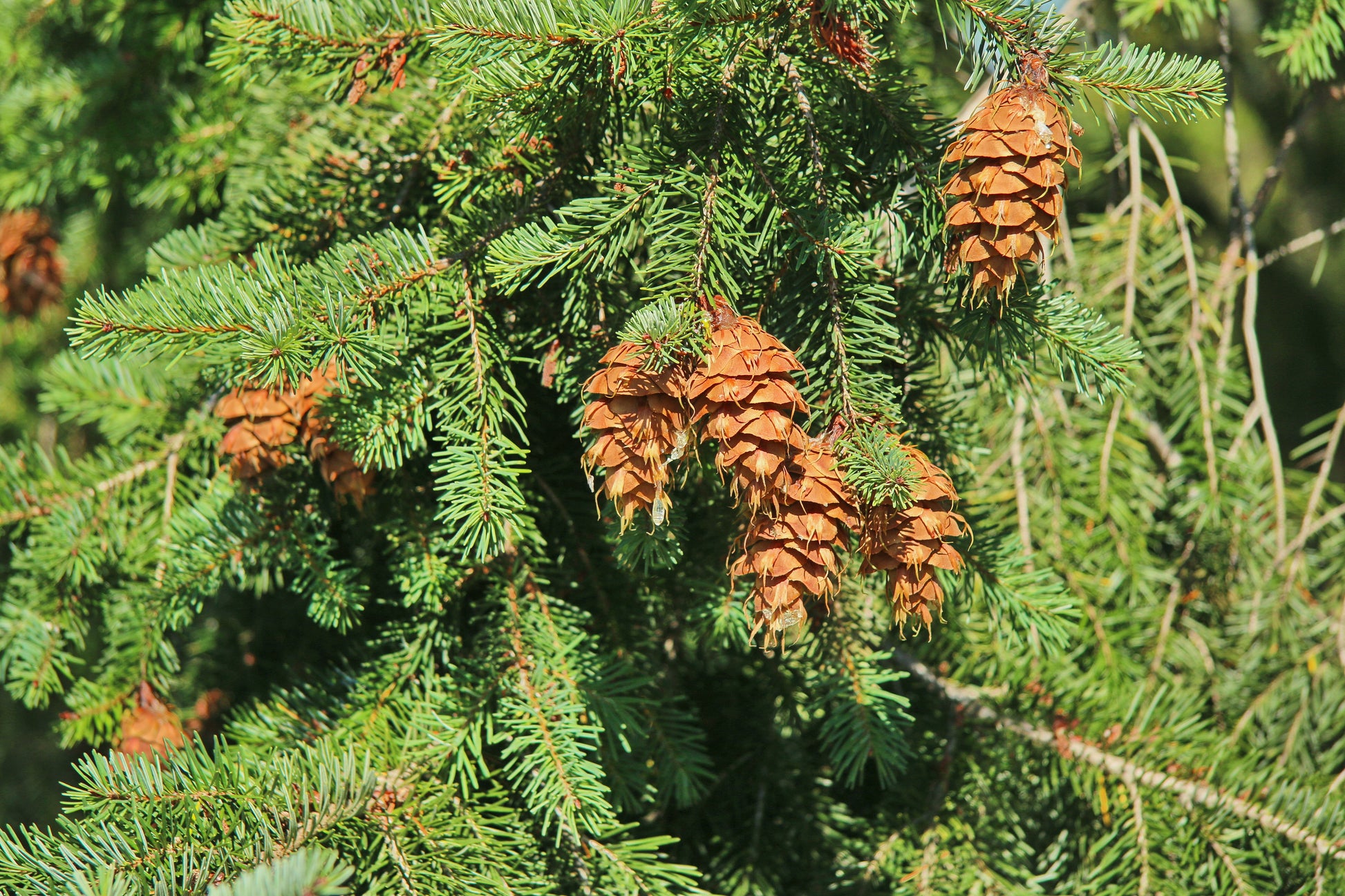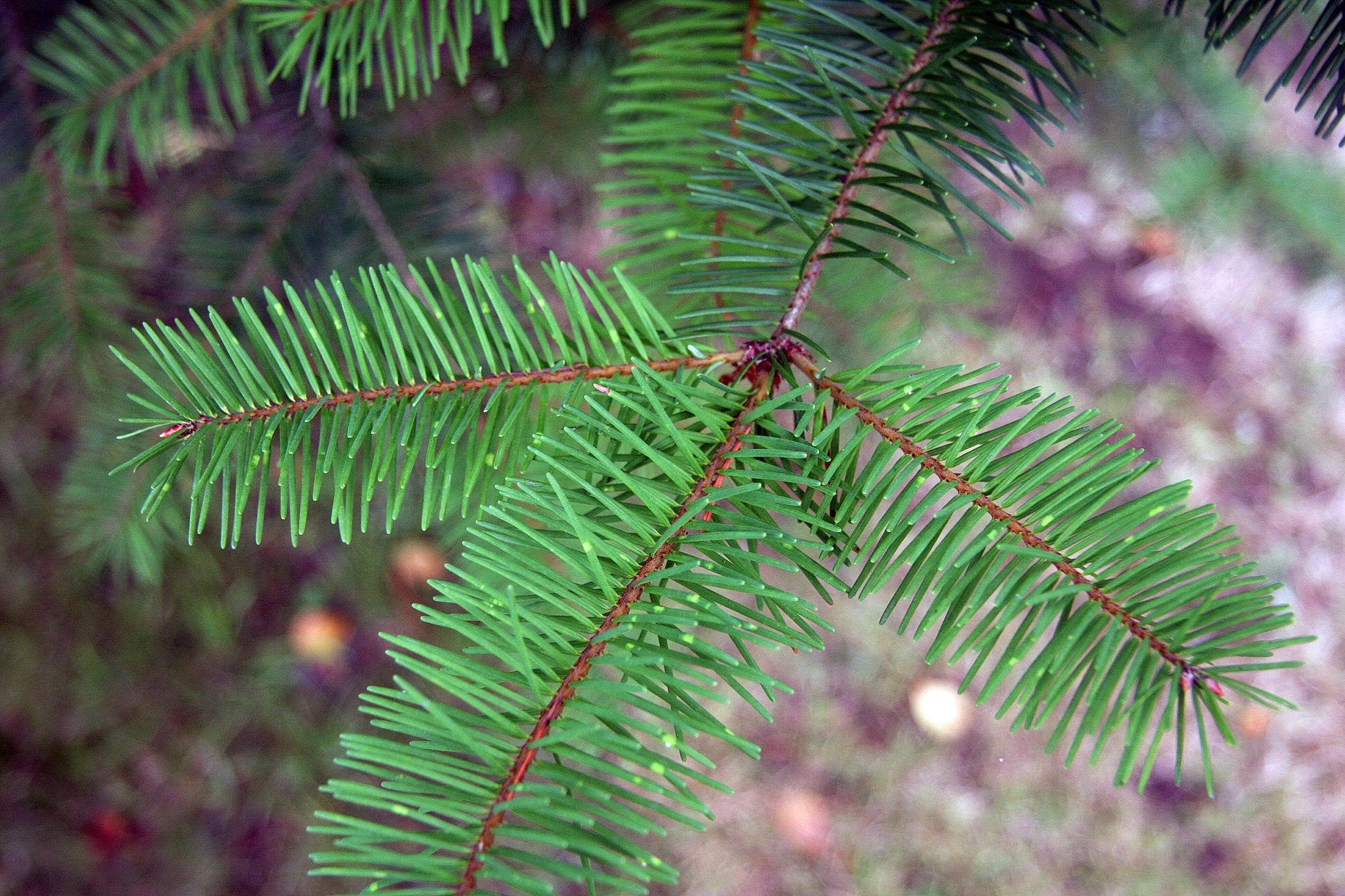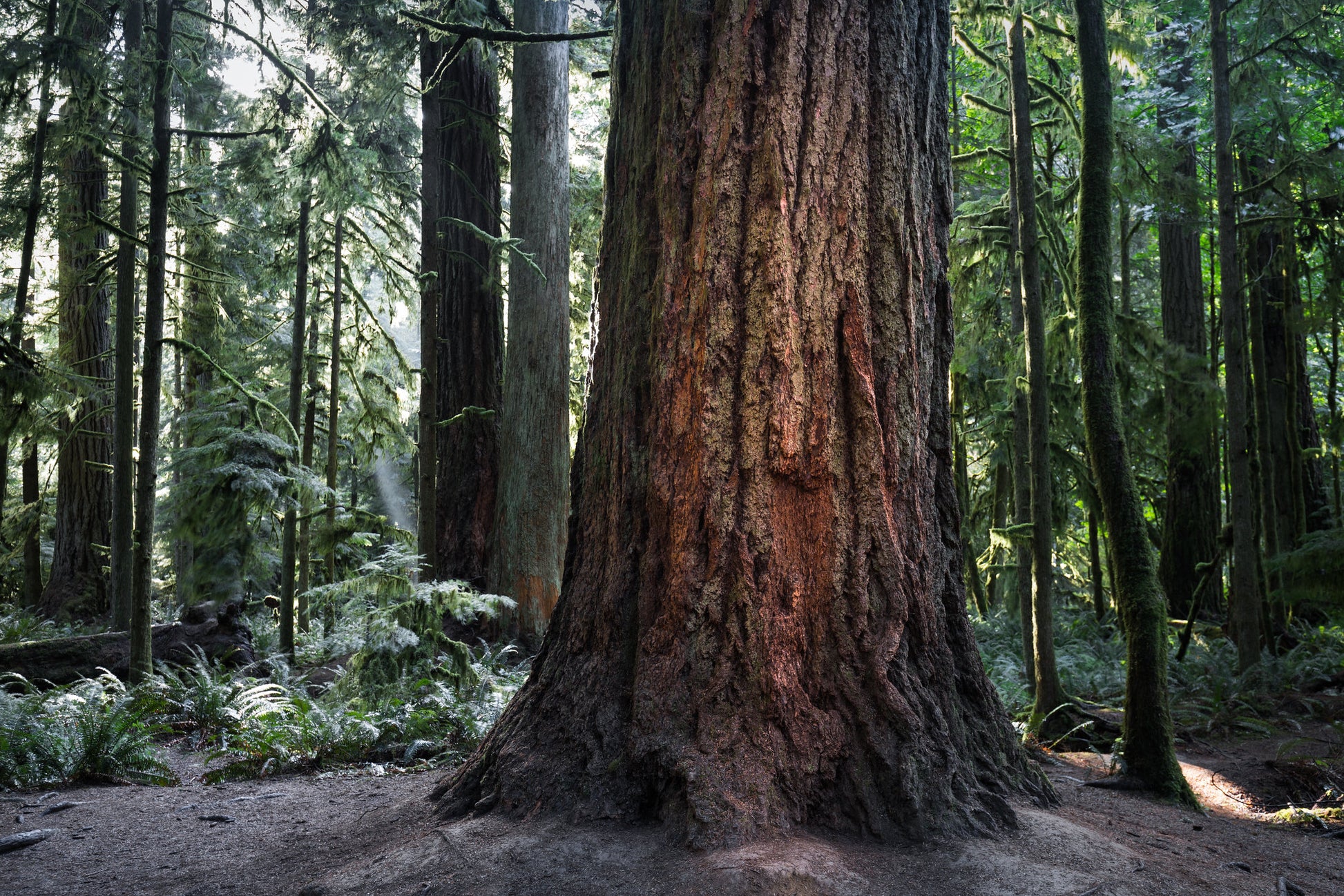Floridaseeds
Douglas Fir Pseudotsuga menziesii 100 Seeds USA Company
Douglas Fir Pseudotsuga menziesii 100 Seeds USA Company
Couldn't load pickup availability
Pseudotsuga menziesii, commonly called Douglas fir, is a very large conifer that grows 50-80' tall in cultivation, but to 300+' tall in the wild. Unique forked cone bracts distinguish this tree from all other conifers. The species is indigenous to coastal areas and up to 5500' in elevation in the mountains from British Columbia south to central California. Cones (to 4.5" long) are pendulous with protruding trident-shaped bracts. Flat, linear, spirally-arranged, dark green needles (to 1.5" long) with white banding beneath. Fallen or plucked needles leave raised circular leaf scars on the twigs. Needles are fragrant when bruised. Narrow pyramidal shape with branching to the ground when young. Trees become more cylindrical with age as they lose their lower branching, with older trees typically having branching only on the top 1/3 of the tree. This is an important timber tree in the Pacific Northwest. Pseduotsuga menziesii var. glauca is the Rocky Mountain variety of this tree. It grows at higher elevations (to 9500') with a slower growth rate, and has shorter cones (to 3"), blue-green needles and better winter hardiness. Var. glauca is the commonly cultivated variety of this tree for areas outside of the Pacific Northwest, and is clearly a better selection for midwestern climates than the species because of its better cold tolerance (species is hardy to USDA Zone 6, but var. glauca is hardy to Zone 4). This is one of the largest trees in the world. Best grown in medium to wet, well-drained soils in full sun. Does best in locations with abundant air and soil moisture. A good tree for northern and northwestern climates. Hardiness zones 4-6
Growing Instructions
The seeds have a period of dormancy. They can be planted outdoors in the fall or winter for spring germination or they can be cold stratified to simulate winter conditions and to break their dormancy at any time of the year.
- Soak the seeds in water for 24 hours.
- Put the mixture in a ziplock bag.
- Put the bag in the refrigerator and leave it there for 4-6 weeks.
- The seeds like rich, moist soil. Sow the seeds in containers with a good quality potting soil or compost.
- Cover the seeds with a thin layer of soil about a couple of millimeters thick.
- Water the soil so that it is moist but not wet. The seeds will begin to germinate in several weeks.
- When the seedlings are a few inches tall, they can be transplanted.
Materials
Materials
Shipping & Returns
Shipping & Returns
Dimensions
Dimensions
Care Instructions
Care Instructions
Share
